Seawalls Construction Advantages and Disadvantages
Coasts and shorelines are exposed to a wide range of erosional processes. These constructions serve to protect areas of human inhabitation, conservation, and leisure activities. Since coasts are constantly exposed to erosion by winds, rivers, as well as the sea, seawalls need to be maintained or repaired. Sometimes, they should also be replaced in order to ensure their effectiveness.
If there are houses, gardens or playgrounds on the coast, seawalls should be constructed in order to protect them. They are the least expensive approach to protect the properties, increasing their value.
However, their construction is usually controversial, as it often represents a conflict between public and private interests. Especially when they protect private property at the expense of access to beaches and public amenity.
Seawalls provide a false sense of security to the owners; since they don’t allow the coast to function as it should. Coastal environments are dynamic and movable ecosystems, the true value to the ecology should be considered before building such structures. Various environmental problems may arise from the construction of a seawall, including disrupting sediment movement and transport patterns.
Types of Seawalls.
Most types of seawalls used today reflect the varying physical forces they are designed to withstand and location-specific aspects. Sea walls may be constructed from various materials, most commonly reinforced concrete, boulders, steel, or gabions. Other possible construction materials are vinyl, wood, aluminum, fiberglass composite, and large biodegradable sandbags made of jute and coir.
- Riprap is often a mixture of granite, limestone and concrete rubble in chunks spread along the shore. This form of revetment allows plant life to grow in the surrounding soil and in the crevices between the stones. Riprap is also used to reinforce old seawalls by placing it at the bottom.
- Cobble boulder seawalls are a familiar sight along lakeshore beaches and river banks. Large, round cobbles held together with mortar angle down towards the water. They’re usually placed in less demanding areas where wave action is not extreme.
- Concrete seawalls reinforced with steel are large structures designed to protect coastal areas from heavy wave action. They are often built using large concrete sections which are lowered into place with a crane.
- Steel is both economical and sturdy, making it an excellent material for your seawall. However, it’s known to rust or corrodes over time, especially when exposed to saltwater.
- Vinyl seawalls are a more economical option that will allow you to more quickly and inexpensively install a seawall on your property. They provide an effective buffer against the waves that may encroach on your property, preventing you from losing soil and rocks across your property.
Advantages of Seawalls Construction.
Since seawalls are part of the many measures taken to protect coastlines, understanding their operation and creation, is fundamental. Though there is controversy surrounding the construction of these structures, there are proven benefits and advantages to building one.
- Defense against erosion and flooding. The first and foremost advantage of a seawall is its protection against upland erosion and surge flooding. When waves crash against the shore, the wall redirects that energy back to the water. Greatly reducing erosion of the shoreline and keeping your home and land from flooding.
- Protects the environment. This coastal protection prevents damage to the environment. Erosion and flooding can wash away soil and reduce usable shoreline. They also both disrupt local ecosystems and harm wildlife.
- Space friendly structures. Seawalls don’t require much space for construction, they are often built vertically while others are horizontal. Unlike other forms of coastal protection structures like dikes, they don’t use up a lot of space.
- Flexible to adjustments and modifications. As the sea poses different threats that may require more defense, they can be updated to help meet these needs. With an increase in climate change discovery, there can be upgrades on seawalls to adapt to new problems.
- Economic factors of having a seawall. The seawall construction increases security, which in turn helps to maintain hinterland values. These also help promote investment in the area.
- Aesthetically pleasing. If they are properly designed, they possess high amenity value. In various countries, they incorporate promenades which are used as attractions to promote recreation and tourism.
- Structure’s durability and maintenance. Seawalls can be extremely durable as long as there is proper maintenance. For example, a seawall in Galveston, Texas in 1903, continues to offer protection against erosion and flooding in the city.
Disadvantages of Seawall Construction.
Seawalls are a topic of discussion, weighing the public and private benefits and disadvantages are the major points of controversy. Despite having many advantages, these structures and their construction also have their cons.
- The high cost of construction and maintenance. Its elevated cost leaves some people wondering whether its expensiveness is worth it. But despite having high construction and maintenance costs they offer a long-term solution.
- Some designs of these seawalls might be unattractive. Since most coastal lines and beaches act as touristic attractions, if the seawall is unattractive, it may reduce the popularity of an area.
- The construction of a seawall also affects the availability of sediment. This will protect valuable hinterland, but its effects also cause sediment starvation problems. Thus, there will be fast rate erosion in front of the wall, but not a replacement of sediment through hinterland erosion.
- Overtopping. When the Sea Water levels surpass the seawall’s height making water to overflow into areas beyond the sea wall. Where the sea wall is too low, extreme overtopping might erode substantial soil and sand amounts, thus weakening the wall.
- Decreased beach amenity value. The continued erosion causes beach lowering, which in turn decreases beach amenity value. If there is no sea wall, natural shoreline erosion supplies the adjacent coastline stretches with sediment, through longshore drift.
No matter which type of seawall you choose, the advantages are the same. Keeping properties protected from natural erosional processes and lowering risks of flooding makes these structures worth their cost. But one thing’s for sure, protecting private property should never get in the way of existing ecosystems. Nor should it change the amenity of the coasts where they are located.
The post Seawalls Construction Advantages and Disadvantages appeared first on Thaler Contracting Inc..
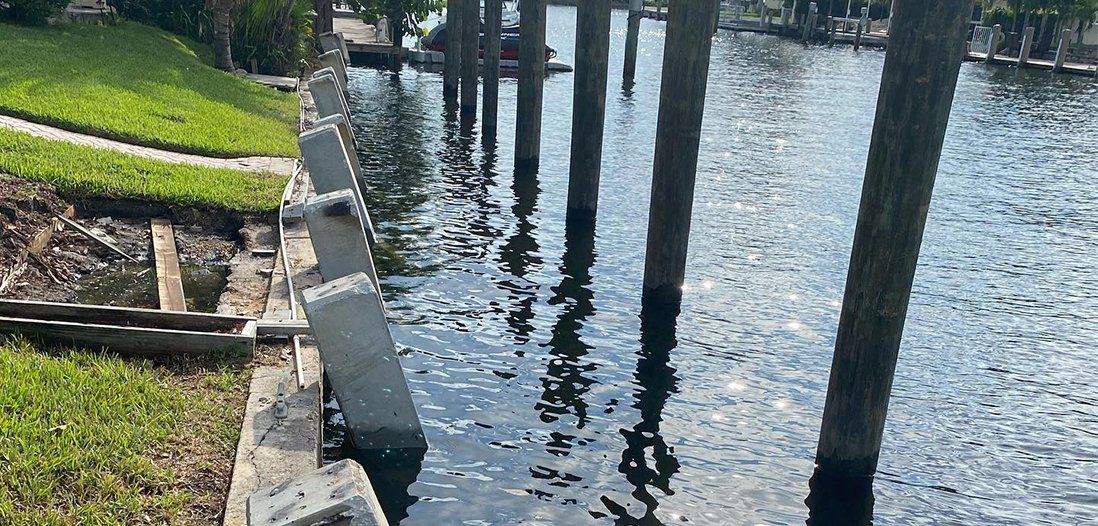
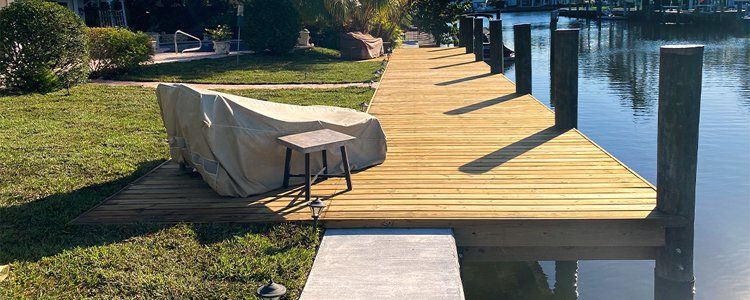
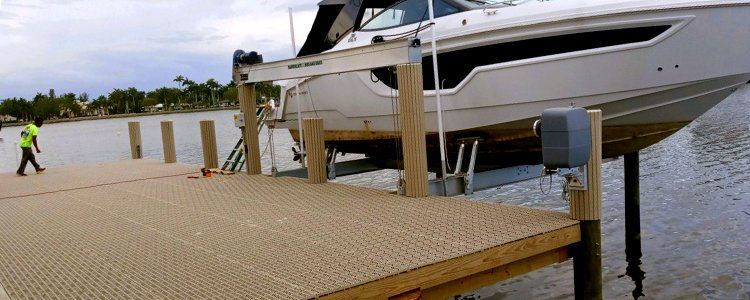
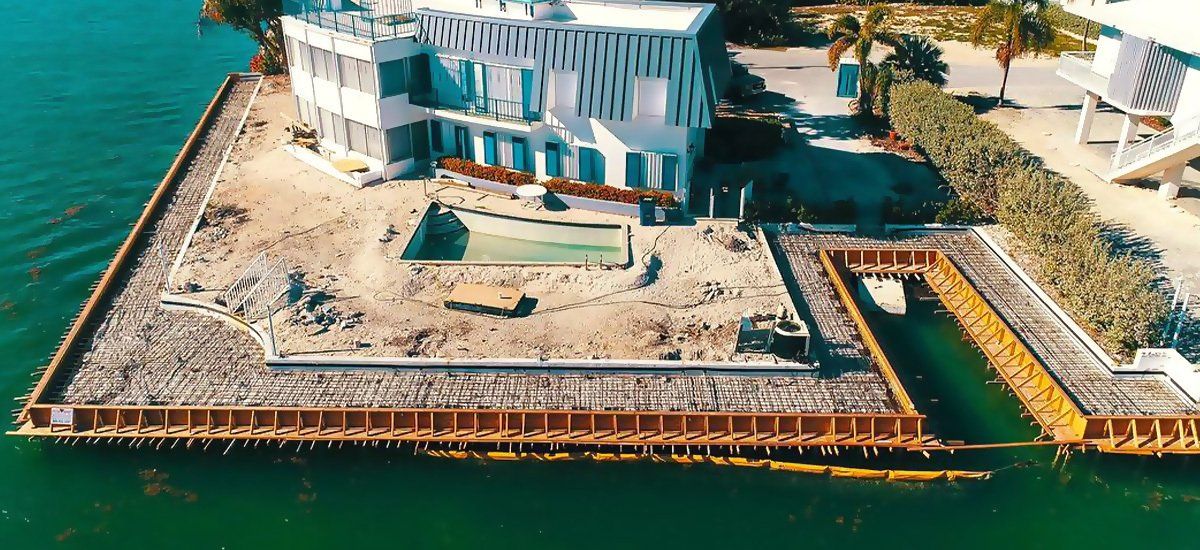

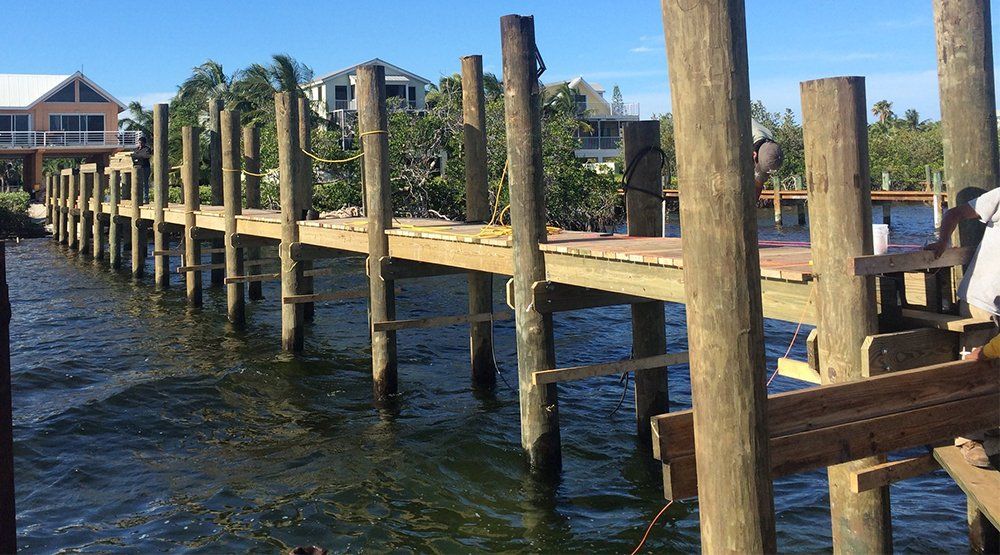
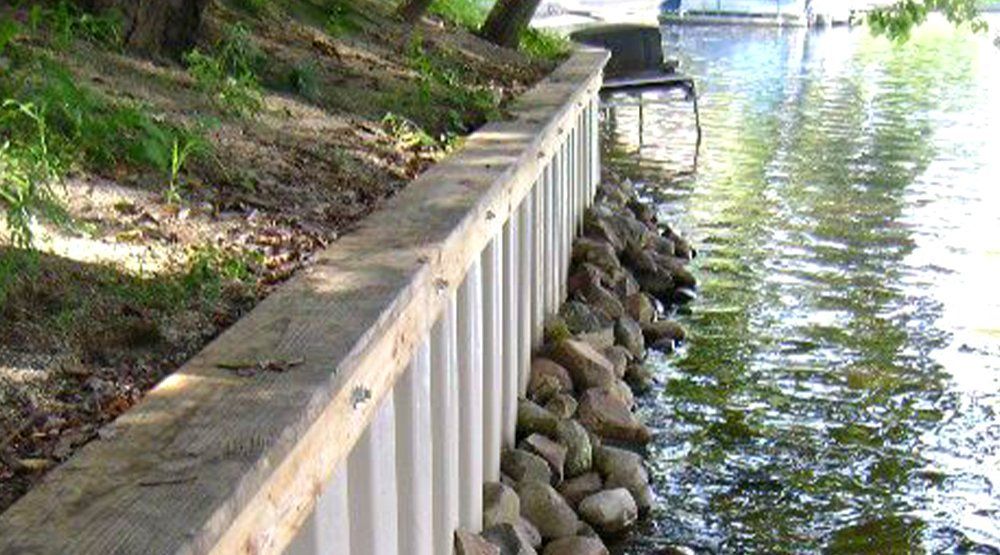
serving Area
Hollywood, FL
Boca Raton, FL
Dania Beach, FL
Oakland Park, FL
Pompano Beach, FL
Wilton Manors, FL
Fort Lauderdale, FL
Lighthouse Point, FL
Lauderdale-By-The-Sea, FL
Hallandale Beach, FL
and surrounding areas
Business Hours
- Mon - Fri
- -
- Sat - Sun
- Closed
Same Day Appointments Available
License - CGC 1526149

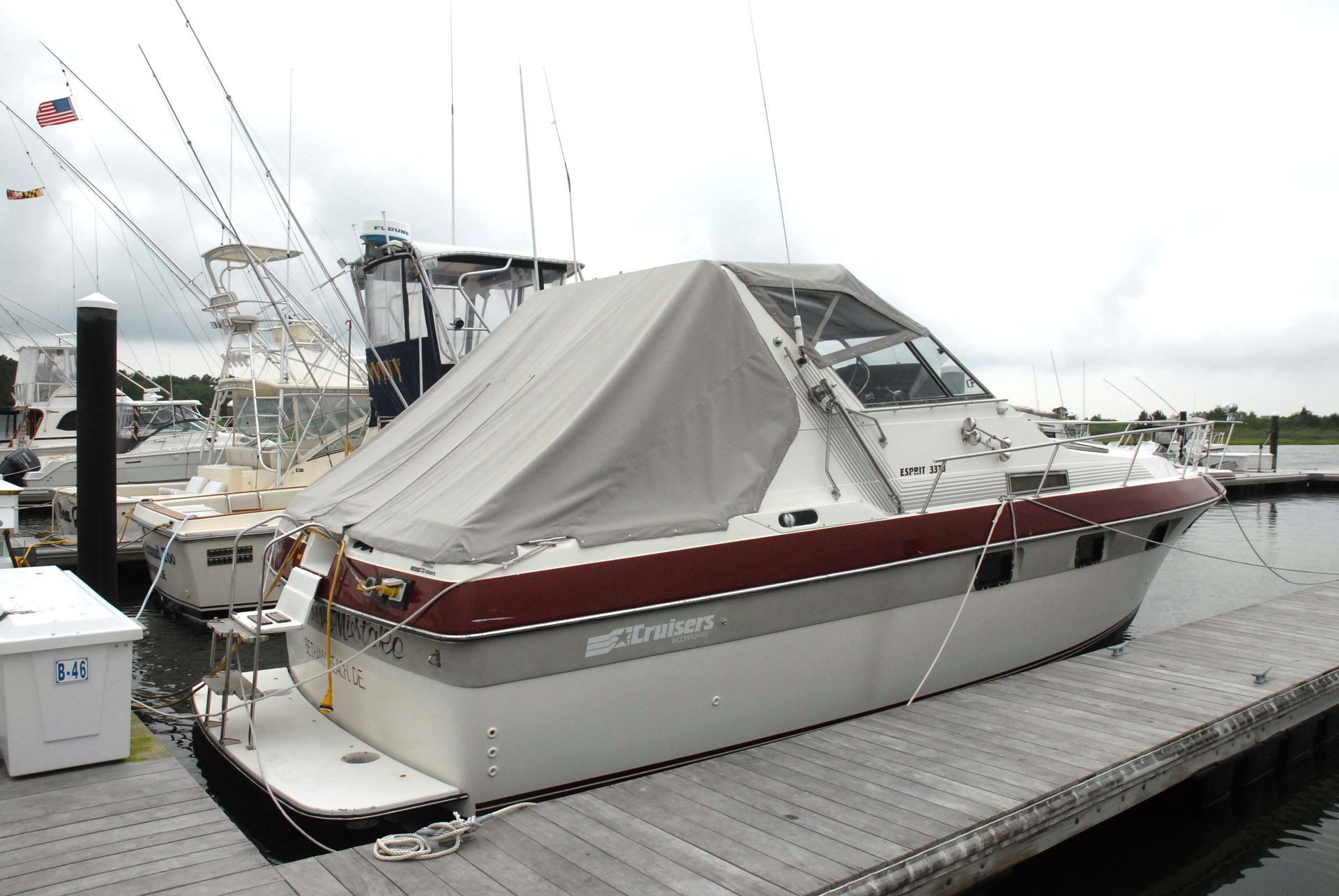




Share On: